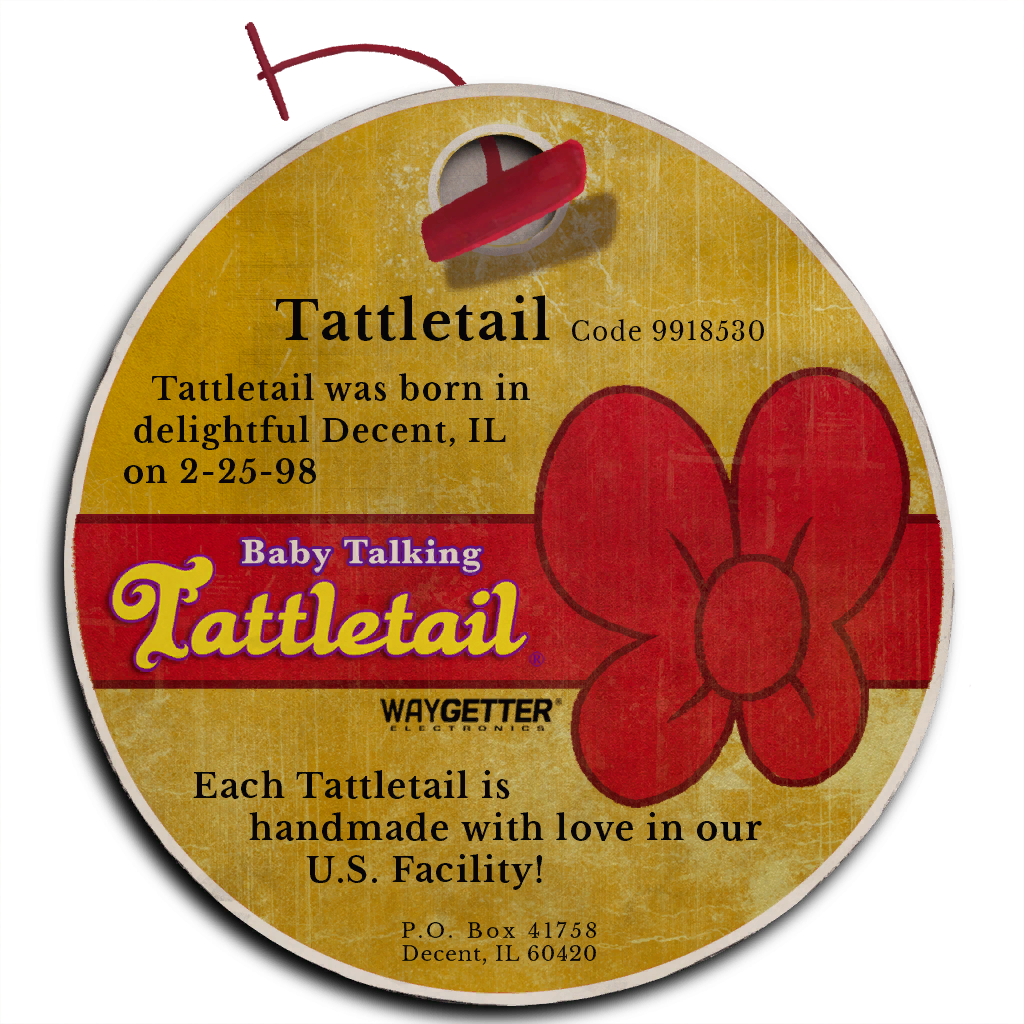

If all three match they score $50, if two of the couples matched they score $75, but if only one couple matched that couple won the entire pot. Also the scoring format changed each question had a pot of $150 with the money split between two or all three couples if they get it right. Because of the new format, they didn't need to call them "Tattletale Quickies" anymore. Later in the run, the format was changed to have all "Tattletale Quickies" for the entire show. Then after each spouse gave an answer, the isolated mates gave their own answers and if they matched, they won $100 for their rooting section.

Each spouse in turn answered the question. Two questions of that type were asked.Īfter those two questions, Convy then read a mini multiple choice question called the "Tattletale Quickie". If it matched the spouse's answer, the couple won money for their rooting section according to how long the clue is (one-word clue $100, two-word clue $50). The mate would then buzz-in (using a buzzer of his/her own) if he/she thought his/her spouse gave that clue and gave his/her answer. The isolated mates' monitors would then be turned on and Convy would then repeat the question followed by the clue. A spouse would then buzz-in to answer that question and give a one-word or two-word clue to the answer that he/she thought the mate would recognize. The show went through two formats.Ĭonvy read a question to the spouses sitting at the desk.

The game was played in two halves: in each half, one half of the couples (all of the same sex) wore headphones and sat in an enclosed room on the left of the set and were being viewed by television monitors while the other half sat behind the playing desk in front of the audience.


 0 kommentar(er)
0 kommentar(er)
